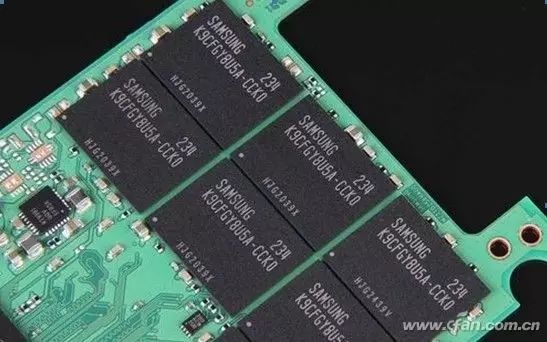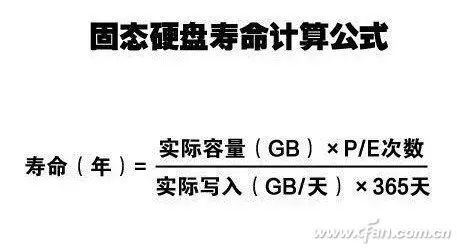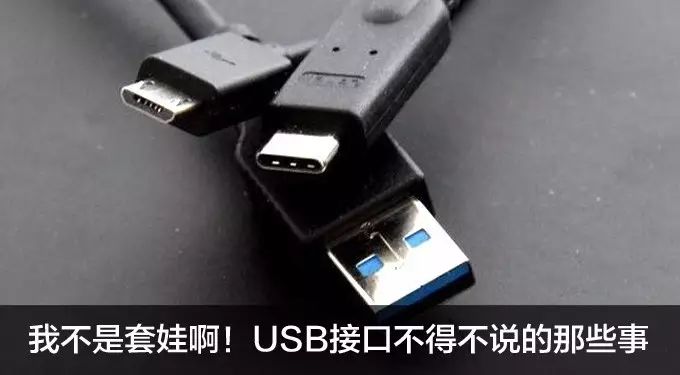
Recently, there has been big news that serves as a great comfort regarding the continuously rising prices of solid-state drives (SSDs) — ultra-large capacity QLC flash memory is coming soon. Many of you might be asking, what is QLC? Today, I will talk about this matter and focus on the concerns about write endurance.

How Do SSDs Store Data?
Unlike mechanical hard drives, SSDs use NAND Flash to store data. The physical structure of NAND Flash consists of individual “blocks.” Each block has a certain erase lifespan (P/E), and when this lifespan is reached, the block becomes damaged. Have you noticed that current SSDs differ from mechanical drives in that their capacities are 120GB, 240GB, 480GB, and 960GB, rather than the commonly understood 128GB, 256GB, 512GB, and 960GB? These approximate capacities are actually used to verify data and back up redundant “blocks.”

Theoretically, TLC flash memory is designed to support SSDs in the 100TB range (high density). However, this is merely theoretical, as the cost remains unacceptable for ordinary users. Thus, the emergence of QLC, which has a higher storage density, represents a further technological revolution in SSD capacity. I predict that when QLC flash SSDs are released, it will mark the first step towards the widespread adoption of true TB (960GB) SSDs (of course, don’t fantasize about them being priced the same as mechanical drives). Moreover, in the face of ultra-large capacity, the issue of fewer write cycles can be mitigated by more redundancy. Not to mention, the erase lifespan isn’t something to be overly concerned about.

How Much Can an SSD Write?
Depending on the type of NAND Flash, the erase lifespan P/E varies. Currently, there are three types of NAND Flash: SLC, MLC, and TLC, along with the upcoming QLC, making a total of four types. The P/E for these flash types are as follows: SLC 5000–10000 times, MLC 1000–3000 times, TLC 500–1000 times. What about QLC? According to current reports, QLC flash memory has a P/E of only 150 times. What? 150 times? Doesn’t that make it completely unusable? Don’t worry, technology is advancing, and this is merely an early-stage technology validation product that will certainly be improved in the future. Remember, when TLC was first launched, its P/E was only 500 times.

Here, I would like to dispel a misconception: many people say that too few write cycles will definitely shorten the lifespan of SSDs. However, the concept of lifespan is not simply understood as 1000 times or 3000 times. For a more practical example, my 120GB SSD is TLC, and based on the 1000 times P/E write cycles, the total write capacity of this drive should be 120×1000=120000GB. If I were to fill it up with 120GB every day, its theoretical lifespan would be 2.7 years. Doesn’t that sound very short?

This is the crux of the issue. To summarize, I have been using this SSD since January 3rd of this year, and so far, nearly half a year (180 days) later, the total write volume is 2413GB, averaging only 13.4GB written per day. This is nearly ten times less than the theoretical daily fill of 120GB, rendering the so-called theoretical lifespan of 2.7 years meaningless.


Who Is the Real Killer of SSD Lifespan?
Rather than worrying about the write volume affecting SSD lifespan, it is better to be concerned about the real killers of SSD lifespan — overheating and sudden power loss. Since SSDs use electrical signals to erase and write data, sudden power loss is a very serious issue for SSDs. Frequent sudden power outages can lead to data loss, including data that has already been written and saved! This is fundamentally different from mechanical hard drives. Sudden power loss includes situations like power outages and hard shutdowns.
The other lifespan killer is overheating. SSDs actually have a lower heat tolerance than mechanical hard drives. Overheating can greatly shorten the lifespan of the flash memory chips in SSDs because electronic chips can experience a phenomenon called electron migration due to overheating. In layman’s terms, this accelerates aging and causes irreversible lifespan damage from a physical structure standpoint. If SSDs are used intensively for long periods, combined with inadequate cooling, it can easily lead to overheating. In my view, this is far more worthy of attention than worrying about the write cycles of flash memory chips.

After reading this article, 99% of readers will also click:


Click “Read the Original” for more exciting content